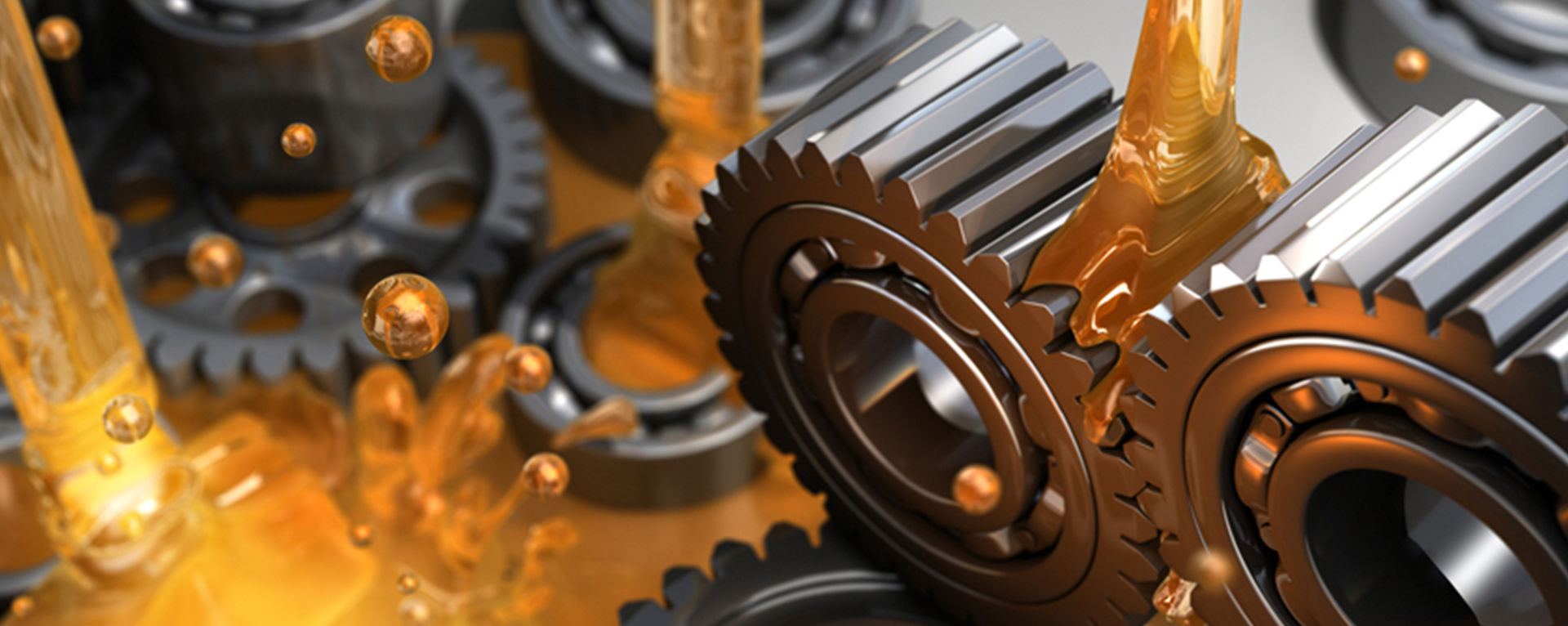Machinary Lubricants
Machine lubrication should play a role in any maintenance strategy, with the potential to yield a significant return on investment in materials and resources. What is equipment lubrication? It is the practice of introducing a lubricating agent — almost always an oil — into machine components to achieve several goals such as Reducing friction, Lowering component and operating temperatures and Wicking away debris and contaminants.
What Are Lubricants Made Of.?
Lubricants are made of oil. In the case of manufacturing and industrial equipment, this typically is either mineral oil (created from crude oil) or synthetic oil (formulations manufactured in a lab). It is in this area that one of the lubrication fallacies takes hold: that lubrication is the simple application of a lubricant.In fact, there are numerous choices and options for lubrication — not only whether to use mineral or synthetic oil, but what type of formulation to use. There is a vast range of formulation options depending upon type of equipment, operation environment, application, usage and more.
Why Lubricants are Paramount i
Lubrication is critical for, essentially, any moving parts that encounter one another in a machine. Most frequently, these are rotating parts and components such as gears. Machine lubricant is designed to prevent: Undue wear and tear on components,Premature failure of components, Excessive unplanned maintenance, Equipment overheating, Part seizure
When Should Lubrication Occur?
Lubrication should occur on a regularly planned and scheduled basis as part of an overall maintenance strategy. The schedule can be based on usage and wear patterns, but in general, lubricant checks should be part of a standard preventive maintenance checklist, so that a part can be replaced before it wears out. Lubrication should also occur upon the introduction of any new equipment or components, as well as after equipment repairs and major maintenance.





